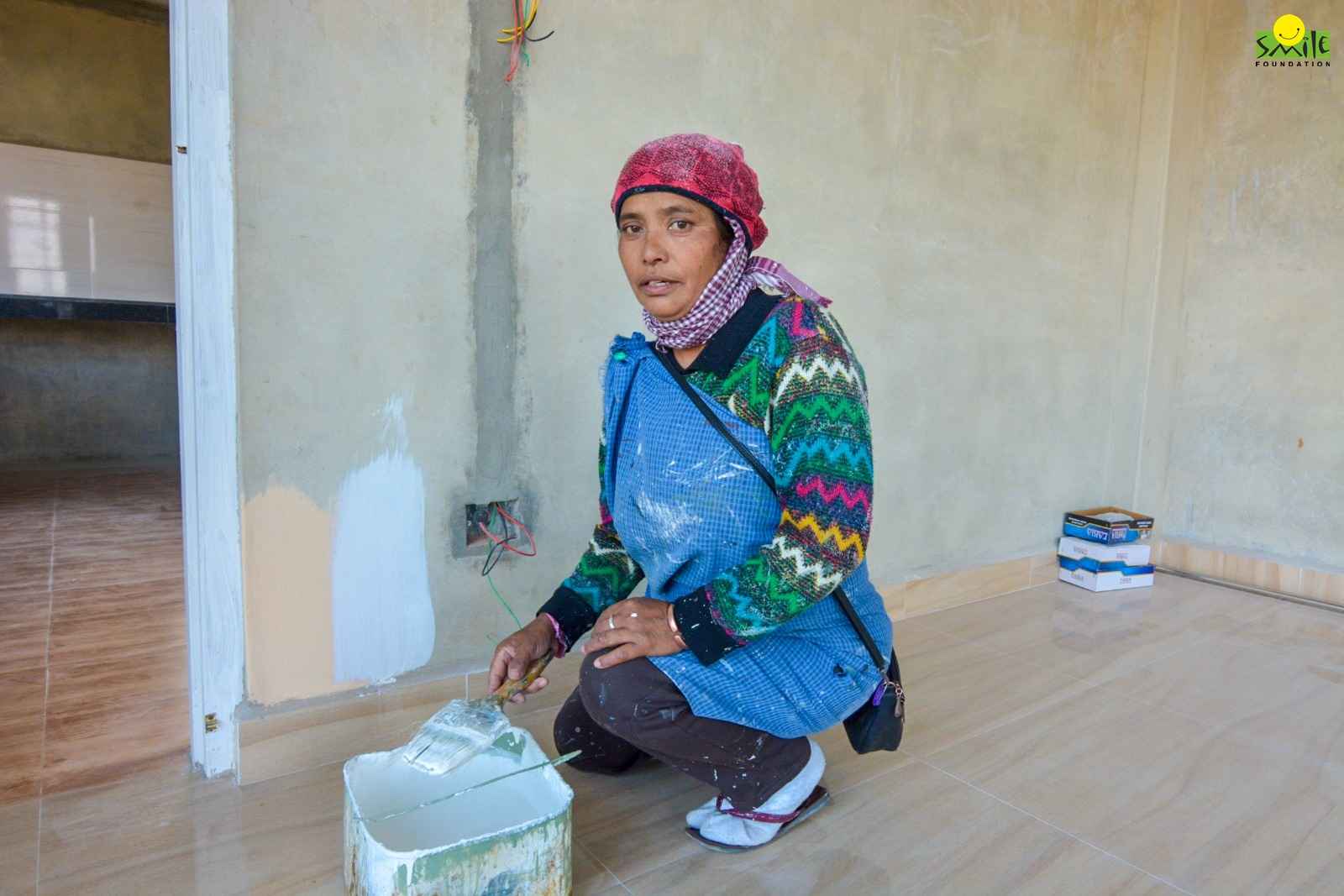Education and pedagogy have evolved, adapting to the changing perspectives of students and the rapid developments in technology. With each era, the methods of imparting knowledge have shifted to keep up with the changes in values and learning.
The ‘Guide on the Side’ teaching style has emerged as a transformative approach that shifts the traditional classroom dynamic. This method champions a learner-centered environment, where the teacher acts more as a facilitator than a lecturer.
This novel approach is a teaching style that differs from the ‘Sage on the Stage’ approach. While the sage is an expert who imparts knowledge from the front of the classroom, the guide is a facilitator who supports students as they actively engage with the material and construct their understanding.
Guide on the Side: Why?
This teaching method revolves around establishing a learner-centered environment that encourages active and collaborative learning. The approach motivates students to take control of their learning process, promoting independence and self-direction. While the teacher facilitates their education, students are urged to think critically, question assumptions and gain a deeper understanding of the topic.
The classroom becomes a collaborative space where students work together, share ideas, and learn from one another’s perspectives. It inspires students to construct their own knowledge through exploration and interaction with the materials. By thoughtfully integrating technology, both students and teachers engage in reflection, considering what works and what doesn’t, and how to improve the learning experience. This creates a stimulating and interactive learning environment where students become active participants in their education.
The approach fosters independence by encouraging students to take charge of their own learning. This enables students to seek out information, evaluate sources, and trust their ability to learn without being spoon-fed information.
Challenges and Considerations
The guide on the side teaching style is advantageous, but educators may face some challenges when adopting this approach. Those who are used to the ‘Sage on the Stage’ model may find it difficult to transition to a facilitator role, where they guide rather than direct learning. Although the style makes classroom learning more interactive, it can also make management and evaluation challenging as students engage in more group discussions and work at their own pace.
To ensure that all students have equal opportunities to participate and succeed, developing structured materials and activities that promote active learning can be more time-consuming and may require additional resources. Teachers may also need further training and support to develop the skills necessary for this teaching style, which can create external pressure from the administration or parents who have expectations based on traditional teaching methods.
Overcoming these challenges involves patience, flexibility, and a willingness to adapt. It also requires support from the school community and parents to make adaptability comfortable for both teachers and students.
Teacher: The Backbone of the ‘Guide on the Side’ Classroom
A class without a teacher is like a coffee without caffeine. A teacher plays a vital role in education, contributing to a holistic approach that extends beyond academics and shapes students’ lives and futures. As a guide, the teacher’s role is to create a learning environment that encourages exploration, critical thinking, and problem-solving.
To improve learning outcomes for their students, teachers are always willing to adapt their strategies to meet their diverse needs. In the guide on the side teaching style, the teacher’s role in the classroom is to facilitate student learning by acting as a coach. They guide their students through the learning process, helping them engage with the material in a meaningful way. They provide support, encouragement, advice, and feedback to foster growth and development.
Teachers design learning activities and provide resources and tools that students need to explore topics and construct their understanding. They assess student learning in a way that promotes reflection and self-improvement, ensuring lifelong learning and staying up-to-date with educational trends and practices to enhance their teaching skills. By embodying these roles, teachers can effectively guide students to become independent learners who are capable of critical thinking and problem-solving in a collaborative environment.
Implementation strategies
To effectively guide students using the guide on the side teaching style, teachers can employ several strategies. They can use a variety of teaching and learning approaches such as discussions, case studies, problem-based learning, and higher-level questioning. The goal is to engage and challenge students, encouraging them to develop meaning based on experience and inquiry. This fosters a classroom culture that values exploration, collaborative work, and group discussions.
The teacher acts more as a facilitator, assisting students rather than dictating, allowing students to choose topics, methods, and projects that interest them. To enhance learning experiences, open-ended discussions and debates should be encouraged, raising thought-provoking questions that encourage deep thinking and justification. Teachers should help students become aware of their own thought processes using examples from real life. This will prompt them to apply their critical thinking skills.
Moreover, teachers can utilize multimedia resources to present information in different formats, challenging students to analyze and interpret data. By incorporating these strategies, teachers can create a dynamic and engaging learning environment. This empowers students to take an active role in their education.
Conclusion
The guide on the side teaching approach marks a significant shift in educational philosophy better suited to meet the needs of today’s learners. It empowers students to take charge of their education, equipping them with skills that are highly valued in the 21st century such as critical thinking, collaboration, and lifelong learning.
As educators, embracing this approach can lead to a more dynamic, engaging, and effective teaching experience. In this approach, students are not passive recipients of information but active creators of knowledge. They can take an active role in their own learning process like in the Mission Education of Smile.
This requires them to engage with educational materials at a deeper level- ask insightful questions, seek out answers, and collaborate with their peers to explore different perspectives and solutions. Ultimately, students must take responsibility for their own learning outcomes.









